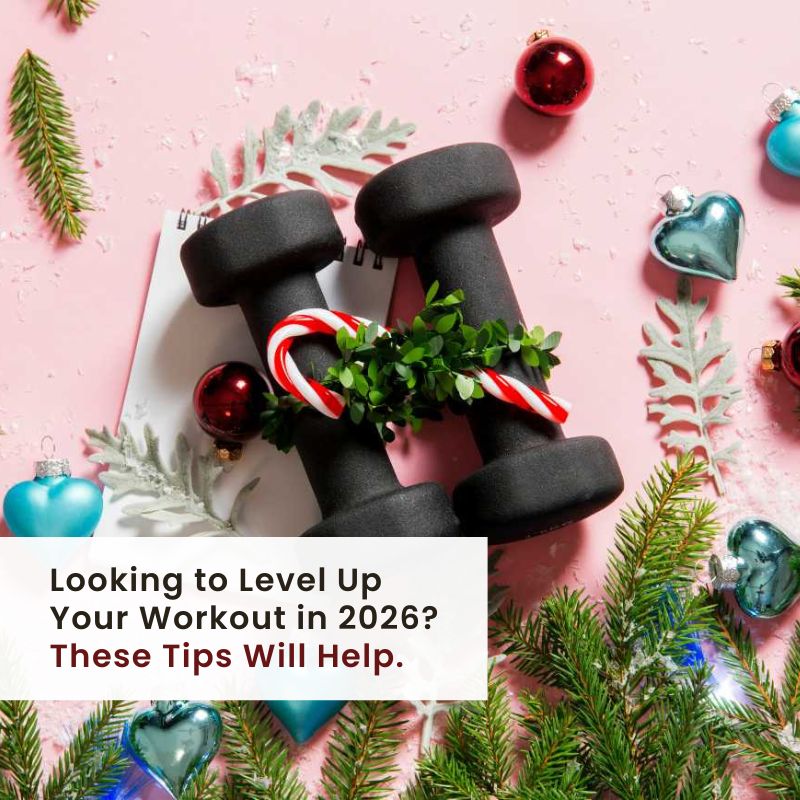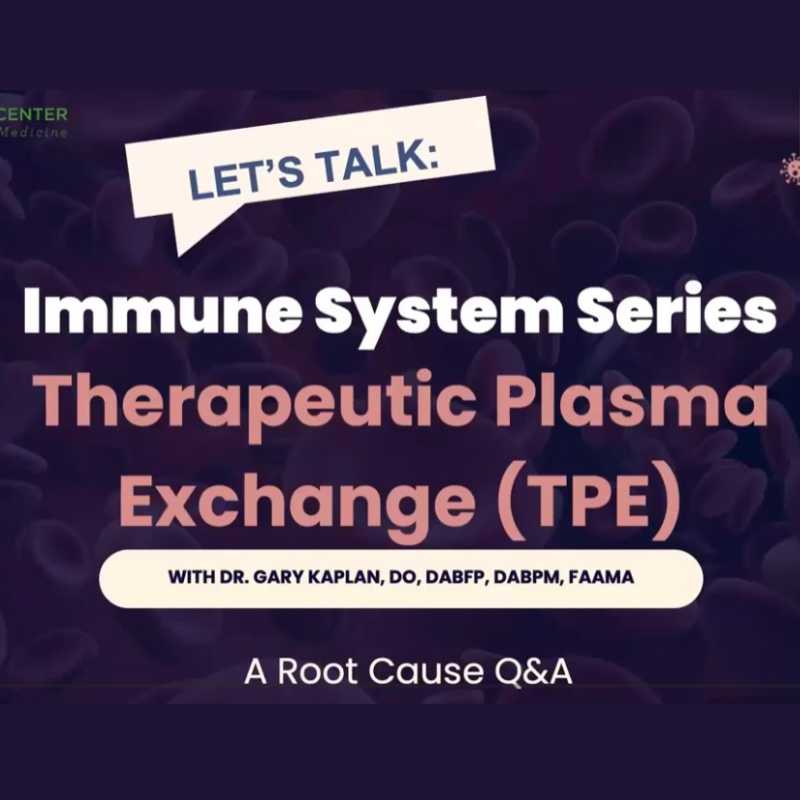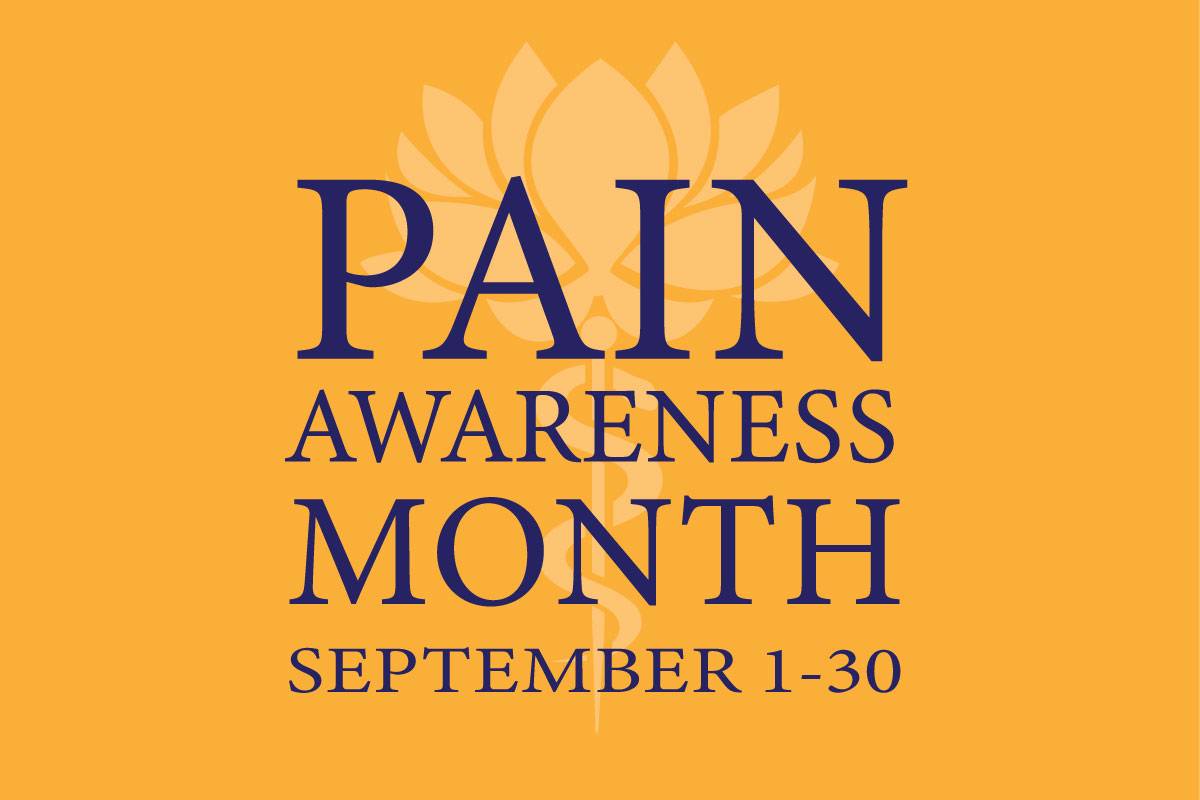
5 Ways We Can Keep Your Immune System Strong
December 10, 2025/by Kaplan Center
Want to Take Your Workout to the Next Level Next Year? These Tips Can Help
December 8, 2025/by Kaplan Center
Dr. Kaplan’s Dos and Don’ts of the Holiday Season
December 3, 2025/by Kaplan Center
Let’s Talk Webinar – A Root Cause Q&A
December 2, 2025/by Kaplan Center
Navigating Holiday Meals with Gut Issues: Simple Tips for a Comfortable Season
December 1, 2025/by Chardonée Donald, MS, CBHS, CHN, CNS, LDN
Craniosacral Therapy for TMJ | Say Goodbye to the Daily Grind
November 19, 2025/by Patricia Alomar, M.S., P.T.
From Compassionate Care to Personal Healing: A Letter to My Patients
November 18, 2025/by Kaplan Center
8 Steps to a Healthier Gut—and a Longer, Healthier Life
November 18, 2025/by Kaplan Center
Mid-Life Irritability & Fatigue Improved by Hormonal Balancing
November 13, 2025/by Lisa Lilienfield, MD
From Challenges to Change: Dr. Kaplan on Healthcare’s Biggest Challenges
October 29, 2025/by Kaplan Center
Overlooked Dangers of Mold Exposure and How to Stay Safe – Dr. Kaplan Talks to WUSA9
October 27, 2025/by Kaplan Center
Let’s ‘Fall’ Into Wellness: A Nutritionist-Approved Immune-Boosting Recipe for Cold and Flu Season
October 13, 2025/by Chardonée Donald, MS, CBHS, CHN, CNS, LDN
PANS/PANDAS – When Sudden Symptoms Signal Something More
October 9, 2025/by Kaplan Center
Beating Burnout, A Nutritionist’s Perspective
October 1, 2025/by Chardonée Donald, MS, CBHS, CHN, CNS, LDN
3 Things That Can Happen After Stopping GLP-1s
September 11, 2025/by Chardonée Donald, MS, CBHS, CHN, CNS, LDN
What Families Need to Know About COVID and Flu Season
September 3, 2025/by Kaplan Center
September is Pain Awareness Month
September 1, 2025/by Kaplan Center
Dr. Kaplan Spoke to Northern Virginia Magazine About COVID, Flu, and Immunity — Here’s What You Should Know
August 14, 2025/by Kaplan Center
“Why Do I Feel Like Crap?”: The Overlap Between Long COVID and Perimenopause
July 30, 2025/by Kaplan Center
Why People Are Turning to EMDR (and Why You Might Want to Too)
July 23, 2025/by Kaplan CenterAre you looking to improve your overall wellness?
Personalized care you can trust.
Our integrative, non-surgical treatment approach is highly successful in maintaining wellness and also treating chronic pain and illness. For more than 30 years, we have delivered superior, cutting-edge health care in the Washington, DC area.
QuickLinks
Contact Information
Tel: 703-532-4892
Fax: 703-237-3105
6829 Elm Street, Suite 300
McLean, Virginia 22101
Map It
Hours of Operation
Mon – Thu : 8 am – 5 pm, ET
Fri : 8 am – 12 pm, ET
5 Ways We Can Keep Your Immune System Strong
/in Treatments, Wellness/by Kaplan CenterNow is the time to cultivate healthy living strategies like improving your diet, getting better sleep, losing weight, quitting smoking or vaping, cutting back on alcohol, or starting a regular exercise routine. Any of these changes will make a positive impact on your health, but sometimes the anxiety of making them can get in the way of getting started. If you need help setting and reaching any of your health goals, here are some ways we can help.
IV Therapy
Long-term vitamin and mineral deficiencies can wreak havoc on anyone’s health, not just the chronically ill (yes, that means you too!). IV Therapy is a highly effective way to deliver vital nutrients to the body whether you are looking to improve or maintain your health.
By restoring optimum levels of key nutrients, like Vitamin C (Modified Myers Cocktail), magnesium, glutathione, or NAD +, our IV patients see benefits that include an increase in energy, a decrease in stress, and improvements in mental focus and clarity. And unlike oral supplements, IV solutions are infused directly into the bloodstream and available for immediate use by your body.
IV Therapy is a natural and effective way to keep your immune system strong, keep your body hydrated, and minimize the negative health effects that come with life’s stressors.
More info →
Nutritional Counseling
Your body mirrors your diet. So, when you feel pain, fatigue, and anxiety, your body is trying to tell you something.
What we know is that chronic inflammation contributes to several pain conditions, as well as depression and other mental health disorders and that cutting out inflammatory foods can make a big difference. But we are not always successful in making those changes.
Professional nutritional counseling is a great way to tackle your personal health goals. Using the latest scientific research, years of clinical experience, and problem-solving skills, our providers can offer you help for every health concern, whether it’s managing an illness, reducing aches and pains, losing weight, or increasing energy and overall wellness.
More info →
Acupuncture for Sleep Management
Chronic sleep deprivation can impair the body’s immune system, physical reflexes, emotional stability, and cognitive functions. Severe sleep deprivation can result in weight gain, an increase in muscle and nerve pain, and even depression.
Acupuncture has been used to treat sleep disorders for thousands of years. Research supports acupuncture’s ability to calm the nervous system, increase melatonin levels, and increase periods of deep sleep (REM) to help restore healthy sleep patterns.
More info →
Homeopathic Remedies & Supplements
Supplements, when chosen thoughtfully, can supply nutrition to support the physiological and biomechanical processes of the human body. The Kaplan Team has designed – and discounted – several different supplement packages tailored to a variety of needs. If you are looking to boost your immune system, check out our immune boosting supplement packages.
More info →
Functional Medicine Assessment
If you’re not sure where to begin, a Functional Medicine (FM) assessment is a great place to start. Using a systematic approach, we’ll take a close look at 6 major areas of health, including the immune system, to identify areas of imbalance or deficiencies that may be limiting your overall health or contributing to disease. Once identified, you and your doctor are ready to set goals and create a roadmap to achieve them. Because of its whole-health approach, an FM assessment and its recommendations can help prevent illness while optimizing your current state of health.
More info →
There is a lot you can do to keep your immune system strong. To make an appointment for any of the services listed above, or for more information, call 703-532-4892, ext. 2.
We are here for you, and we want to help.
Our goal is to return you to optimal health as soon as possible. To schedule an appointment please call: 703-532-4892 x2
This article was reviewed and updated in December, 2025.
Want to Take Your Workout to the Next Level Next Year? These Tips Can Help
/in Lifestyle, Treatments/by Kaplan CenterThis is the time of year that many of us choose to upgrade work-out programs or maybe even start a new one. A successful fitness regimen requires thoughtful decision making and pre-workout preparation so you can get started, get the most out of your workouts, and ultimately meet your goals. Here are some tips from a functional medicine perspective on how to do just that and some insight on factors that may unknowingly hinder your progress.
Vitality and motivation are fundamental to feeling capable of healthy exercise and maintaining endurance.
If a lack of energy and motivation is keeping you from starting a new fitness program or taking an existing one to the next level, it may be a sign of a hormonal imbalance or another health issue coming to the surface.
Heart health, respiratory health, being free of allergies (especially, if working out outside), adrenal health, hormonal health, and thyroid health all affect your motivation levels and vitality. If any of these areas of health are out of balance, working out can prove challenging or even leave you feeling more depleted and unwilling to work out again. Here are some examples:
Functional medicine physicians evaluate core systems in the body and apply targeted interventions to correct and optimize areas that are indicating a dysfunction. Once those areas are addressed, your body will be restored with the vitality and motivation needed to focus on your fitness goals.
Are you too inflamed to work out?
Sometimes people are riddled with inflammation in the joints, ligaments, sinuses, and other areas of the body, and feel physically incapable of working out. Inflammation can be diagnosed and decreased or eliminated to better support you with an appropriate and healthy exercise regimen.
There are a lot of ways to lower inflammation without taking medication, like dietary modifications (more on diet and inflammation below!) and other proven techniques like acupuncture, meditation to lower stress, IV therapy and/or supplementation.
Are you eating a diet that energizes and supports you, or further depletes and inflames you?
Food should nourish and energize you. Many of us are unaware that we are eating foods that are inflaming us rather than supporting us. This leaves us feeling heavier and more fatigued and often less motivated to work out.
You may want to evaluate if you have food sensitivities or allergies that are creating more inflammation than providing nourishment. Sometimes we find that even the healthy foods people are eating are inflaming their bodies including joints, digestive tract, sinuses and more.
You may also want to determine if you have any key nutrient deficiencies that may be less than supportive of your exercise efforts, energy and vitality.
The key to leveraging the benefits of exercise is to know which workout best suits you based on your individual health picture.
There are many workouts out there so picking the right one for your unique health profile is crucial to staying motivated enough to continue and see results. For instance, if you have adrenal fatigue, HIIT (High-Intensity Interval Training) will likely leave you feeling worse than you do and may not help you hit your exercise goals. Running long distances may not help you lean-out based on your particular wellness picture. A functional medicine assessment will reveal some of these issues so you can make the correct choice from the get-go.
The bottom line is: you want to make sure your workout regimen is actually helping you to feel more vital and well, and not leaving you feeling depleted.
If you are ready to upgrade or start an exercise regimen, a comprehensive Functional Medicine evaluation is a great place to start. You’ll be assessed for areas that can be optimized to best support your workout efforts, to determine the level of activity that may be most supportive of you and your goals, and to improve your overall health.
We are here for you, and we want to help.
Our goal is to return you to optimal health as soon as possible. To schedule an appointment please call: 703-532-4892 x2
Dr. Kaplan’s Dos and Don’ts of the Holiday Season
/in Wellness/by Kaplan CenterDr. Gary Kaplan joined Elizabeth Clare Brewington, Elton R. Brewington, and Chaplain Kermit Jones, on Discover Brightside Video Podcast, to clear up some holiday wellness myths and share tips to stay healthy this season.
For more on staying healthy through the holidays, read Tips to Stay Healthy Through the Holidays.
We are here for you, and we want to help.
Our goal is to return you to optimal health as soon as possible. To schedule an appointment please call: 703-532-4892 x2